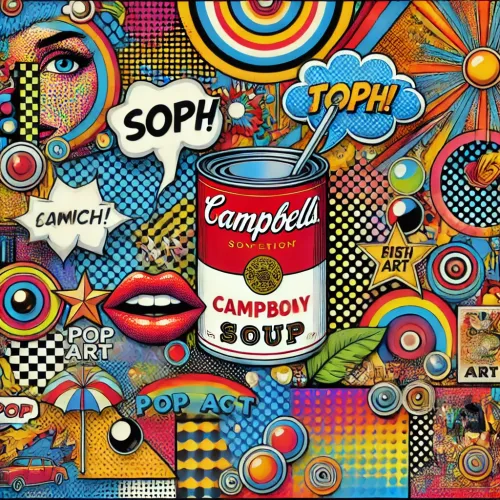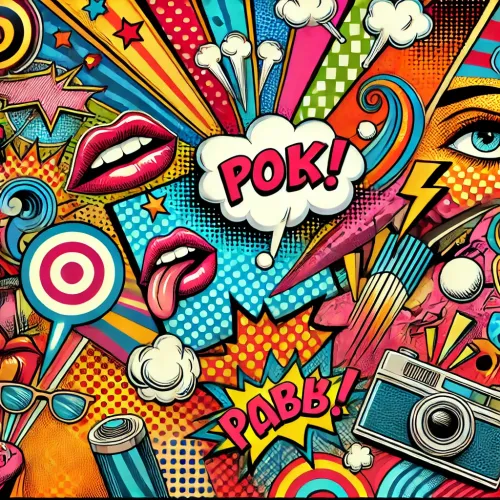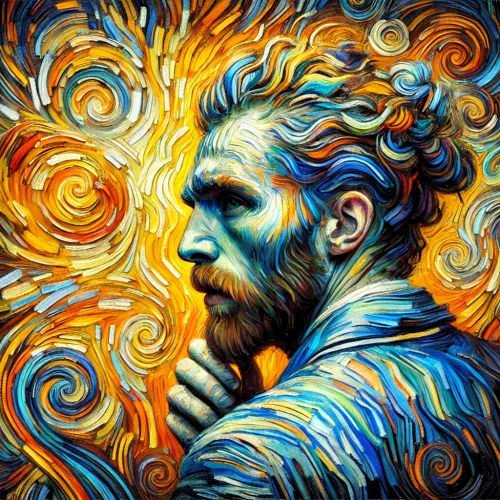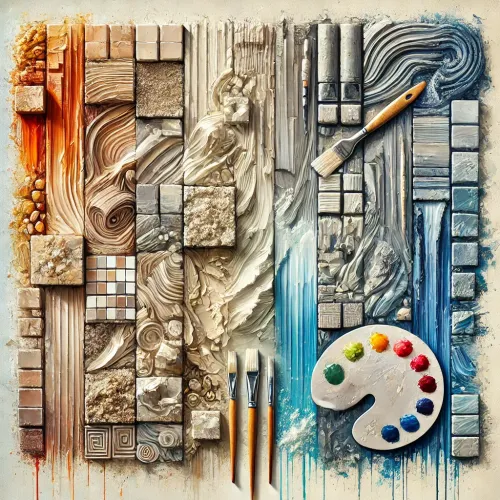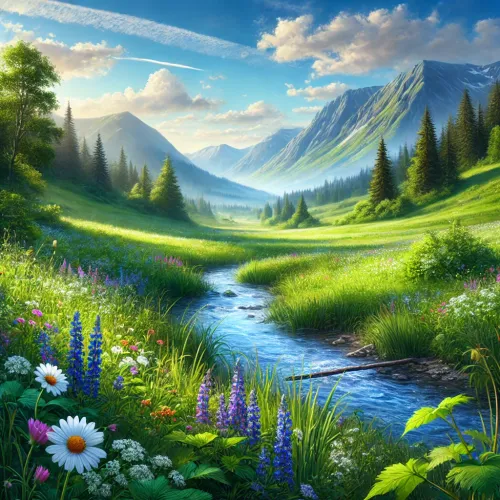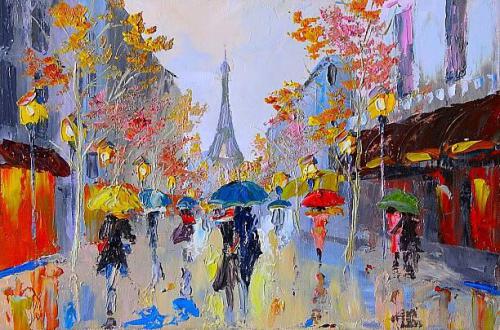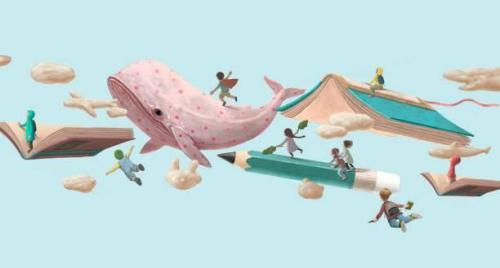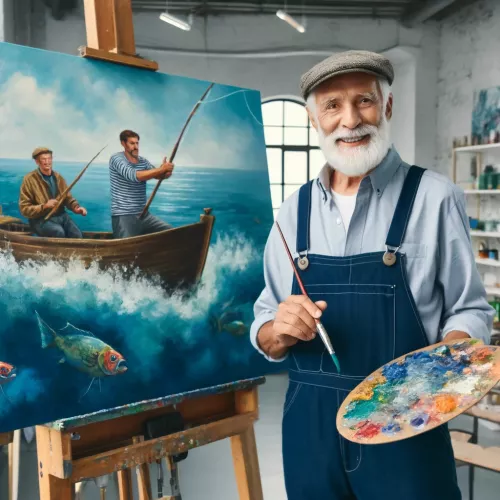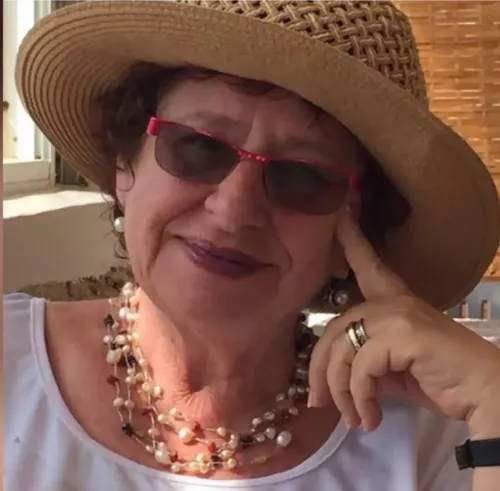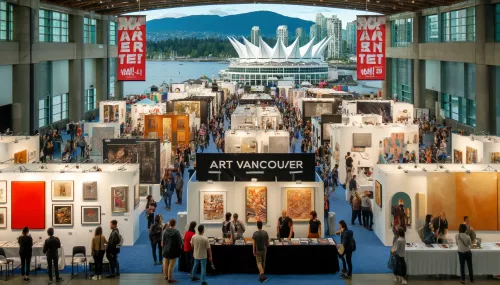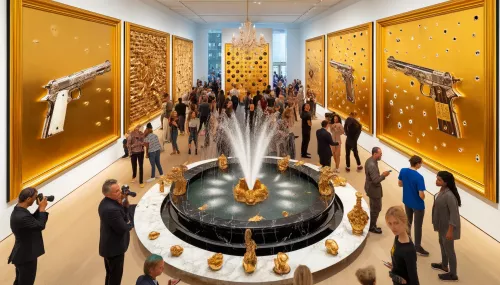How to Define Abstract Art in a Contemporary World
Exploring the Enigmatic Beauty of Abstract Art: From Historical Roots to Contemporary Innovation
Exploring the Enigmatic Beauty of Abstract Art: From Historical Roots to Contemporary Innovation
Embracing the World of Abstract Art
Abstract art elicits curiosity, confusion, and intrigue in equal measure. By abandoning visual references from the real world, abstract artists explore imagination, emotion, and aesthetics through shapes, colors, and textures. However, without familiar objects to provide context, many observers struggle to engage with these enigmatic canvases. To better appreciate the possibilities of abstraction, we must first demystify it.
From Tradition to Transformation: A Brief History of Abstract Art
While abstraction unequivocally ruptured from classical realism, its origins trace back to impressions of the visible world. The first tremors came as Post-Impressionists like Van Gogh exaggerated color and brushwork to distort form. Approaching the 20th century, Gauguin, Cezanne, and Fauves led the break from realism by emphasizing pure color. As Cubists fragmented figures and planes, Kandinsky took abstraction further by translating music into lush colors and forms. The stage was set for pure abstraction.
By 1910, Kandinsky published ‘Concerning the Spiritual in Art’, proclaiming art should reflect the artist’s inner spirit rather than outward appearances. His improvisational compositions exemplified early abstract styles. Simultaneously in Russia, Malavich painted his radical “Black Square” reducing painting to total non-objectivity. As Abstraction and related styles like Futurism, Constructivism, De Stijl and Bauhaus flourished, abstract art coalesced into a defined genre that permeated modern art.
Decoding the Enigma: What Defines Abstract Art?
At its core, abstraction departs from depicting recognizable objects, people, places or things. But many wonder: if abstract art does not look like anything, what makes it art? In truth, abstraction still leverages fundamental visual elements shared by all painting. The artist manipulates color, line, form, texture, composition and perspective outside of their familiar contexts to craft entirely new visual languages. Distilling art to pure aesthetic and emotional communication pushes boundaries.
Abstract art also eschews preconceived meanings or symbolism. It allows viewers to access emotions purely through non-associative shapes and colors. Experiencing tension, balance, energy or melancholy from an abstract composition requires removing assumptions of what art must represent from the real world. Thus abstraction also liberates the viewer’s imagination and perception. They become co-collaborators in the creative act.
Palette of Emotions: The Role of Color in Abstract Painting
Liberated from replicating the colors of observed objects, abstract artists deploy color expressively as a powerful emotional tool. Bold swaths of color invoke potent sensations. For example, warm hues like red, orange and yellow exude energetic excitement. Cool blues, greens and purples evoke restfulness and melancholy. Painters also manipulate colors optically through effects like complementary contrasts, iridescence, and metallics. Juxtapositions of clashing and harmonious colors underpin the mood.
Abstract artists distill entire compositions down to monochromatic fields of single pigments radiating a focused mood. Thickly applied brushstrokes or thin saturated washes elicit contrasts between stillness and action. Even without recognizable forms, the colorful abstract painting conveys meaning in abstraction.
Modern Strokes: Trends and Themes in Contemporary Abstract Art
Many creatively build on abstraction’s 20th century foundations by exploring new mediums and ideas. The trends in Contemporary abstract art include:
Minimalism: Works by artists like Ellsworth Kelly and Robert Ryman feature pared-down compositions with limited color, form and line. Minimalism reveals the essence of abstraction.
Conceptual Abstraction: Sol LeWitt and other conceptual artists plan intricate abstract paintings based on written instructions and mathematical systems. The concept takes precedence over spontaneity.
Feminist Abstraction: Pioneering women like Louise Nevelson and Yayoi Kusama harnessed abstraction to convey female perspectives and forms.
Abstract Expressionism: All-over compositions and gestural paint application exemplified by Jackson Pollock’s famous poured and splattered paintings.
As technology enables new painting techniques and fresh ideas continue arising, abstraction retains its avant-garde edge. The lack of representational constraints keeps abstraction creatively boundless.
The Ever-Evolving Canvas of Abstraction
Abstract art remains inscrutable to many not because it is meaningless but rather because its meanings multiply exponentially beyond the literal. Appreciating abstraction involves letting go of expectations around art’s purpose or obligations. Within abstraction, pure emotional communication takes primacy on an ever-changing canvas. Just as abstraction liberated artists by expanding possibilities, observers must liberate their minds to engage with the full richness of non-representational art. Being caught staring in perplexed wonder simply means abstraction is doing its job.





























































































































































































































































